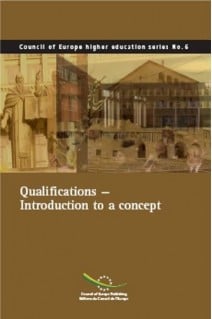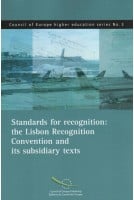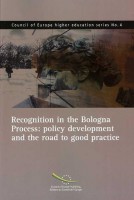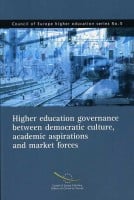



Preface
Introduction
Part I --Approaching a complex reality
1 Setting the scene: the development of qualifications
2 A complex reality
3 Making sense of complexity: specific and generic competences
Part II -- The components of qualifications
4 Level
5 Workload
6 Quality
7 Profile
8 Learning outcomes
Part III -- Making qualifications fit together
9 National qualifications frameworks
10 Overarching qualifications frameworks
11 Obtaining qualifications: learning paths
Part IV -- Qualifications and education systems
12 National, European, international and transnational qualifications
13 Moving between education systems: the setting and legal framework for the
recognition of qualifications
14 Moving between education systems: recognition procedures and issues
15 Qualifications: functions and further development
Suggestions for further reading
List of tables
2.1 European Language Portfolio, global scale: levels
2.2 European Language Portfolio, global scale: levels and functions
2.3 Dublin Descriptors: differentiating between cycles
9.1 Scottish Qualifications Framework (SCQF)
9.2 New Zealand Qualifications Framework (levels 2, 5 and 9)
10.1 European Qualifications Framework (draft version, 2005)
10.2 European Qualifications Framework (revised version, 2006)
Download an extract (1000)







Please note that in accordance with our terms & conditions, PDF/epubs may only be purchased by private individuals.
